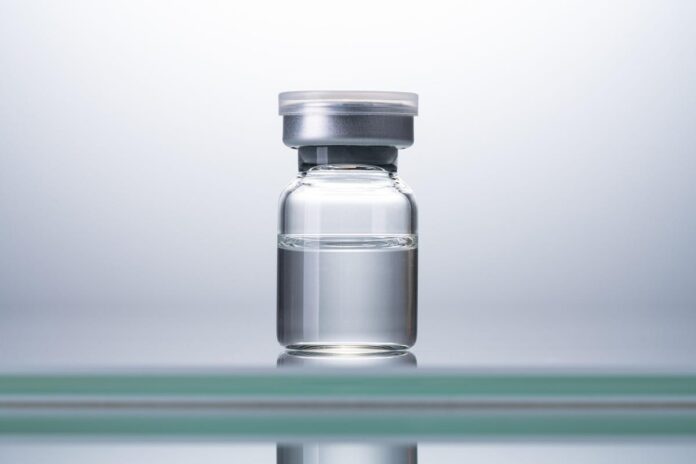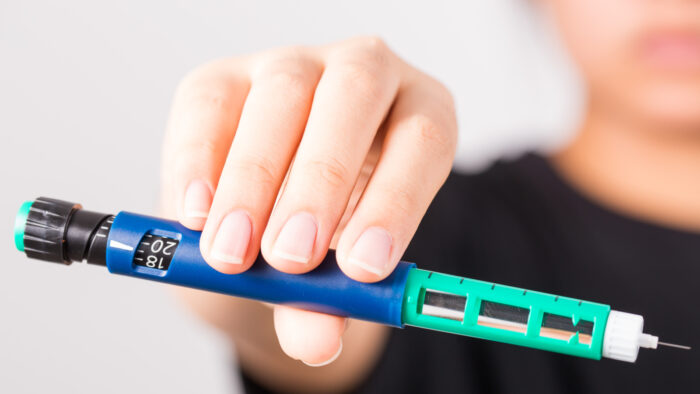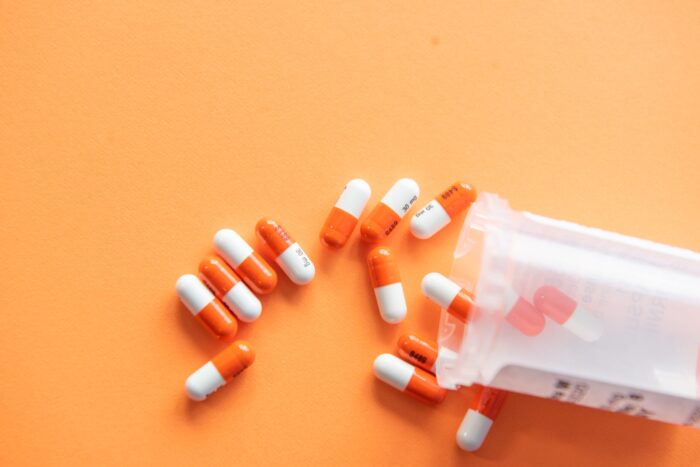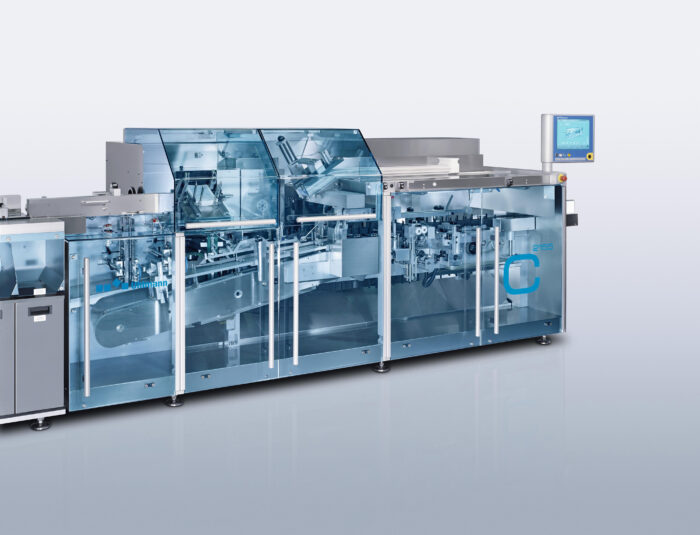
Packaging is an efficient method to preserve, present, identify, instruct, constitute, make it convenient, and ensure adherence to a commodity while it is being stored, transported, displayed, and till it is utilized. The packaging procedures and packages used for medicaments are referred to as pharmaceutical packaging. It includes every stage of the process, from drug manufacturing to reaching the end user via various transportation routes.
The production process and labeling are significant considerations when discussing medicine, representing an essential medical industry element. Drug packaging must address safety issues for children and the elderly and safeguard drugs from germs, damage, and the outside environment. Equipment for medicines packaging offers a practical answer for creating generic drugs. The brand-new pharmaceutical packaging machinery combines the manual packing, labeling, and securing procedures into a single unit. These machines are increasingly popular as they have multiple uses and provide durability.
The various packaging trends for pharmaceuticals include blisters, plastics, foils, glass, and flexible packaging.
Pharma Packaging Trends

With far too many individuals being convinced to purchase prescription medication, the pharmaceutical industry is rapidly expanding. With the development of technology, businesses have changed and now desire various goods. This has compelled professionals to use their creativity while maintaining quality standards regarding medicines and packaging.
-
Blister Packages:
Strip and blister packs are the two sorts of non-reclosable packaging most frequently used. Such blister packs are reasonably priced and provide additional safety. The packages have various layered supports made of aluminum, cold-form foil, Polyvinyl Chloride, and other materials, making them challenging for kids to access. Seniors can easily open the blister packing materials, however, by either pushing the medication, such as pills or capsules, from the back or extracting the back layer of packing, depending on their convenience.
-
Plastics:
Plastic offers a secure and cost-friendly method of packaging goods across a broad spectrum of businesses, along with pharma companies. Thermosets and thermoplastics are the two polymer types most frequently used within the drug market. These two materials are clearly distinguished; thermoplastic polymers can be heated up and reshaped, whereas thermosets cannot.
Owing to the fact that the plastic containers might come into contact with pharmaceutical preparations directly, they are typically composed of substances that don’t comprise any components that could affect the formulation’s effectiveness or security or pose a contamination risk. Additionally, they are sturdy and lightweight, making plastic-packaging medications easy to move from one location to another.
-
Foil:

Whenever it relates to typical food or pharmaceutical packaging, aluminum or foil is a crucial element. This material is advantageous to just about any plastic laminate for safety against oxygen, moisture, light, as well as other types of pollutants. Aluminum foil can be entirely reprocessed and is present in large quantities in nature on our earth.
In addition, foil makes a great packing substance for the healthcare sector due to its versatility. To ensure that it is impactful when it comes to use, potent drugs are susceptible and need to be handled with care.
-
Glass:
One of the main types of packaging material used in the health industry is glass. Glass pharmacophore containers are designed to be in close proximity to medicinal products. The type of glass used for medicinal containers is either borosilicate or soda-lime-silica. Boric oxide, alkali, and aluminum oxide are all in sizable quantities in borosilicate.
Depending on its desired use, glass is categorized as Type I, II, or III. The Glass Grains Test determines the sort of glass utilized in packing drugs in conjunction with the Interfacial Glass Assessment for hydrolytic resistance.
-
Flexible Packaging
Pharma packaging must be robust and resistant to environmental elements and seasonal variations to reach all corners of the world. Unquestionably, one of the primary solutions to meet the packaging requirements of the pharmaceutical sector is flexible packaging. This packaging type can guarantee that the medication is delivered to the consumer without contamination or other harm. Compared to conventional packaging, flexible packaging can be produced with minimal resources and is a far more environmentally-friendly option.
Flexible packaging is lightweight and capable of being produced in no time. Spout-shaped pouches, lay flat sachets, and quad-style pouches are a few packaging options that are effective for healthcare packaging because of their functionality. Additionally, if necessary, it also provides appealing packaging options for particular children’s medical supplements.
Equipment For Packaging

Drug packaging also referred to as pharmaceutical packaging, refers to the containers and methods used to package medical drugs. Read below to find out the ways-
-
The Cartoner Machine
The carton-forming machine is one type of packaging equipment. Bottles, blisters, ampoules, vials, tubes, pouches, sachets, medical technology, and personal care products can all be packaged with the help of this.
-
Blister Machine
Highly adaptable and cost-effective solutions for pharmaceuticals, confections, and some other consumer goods, Blister machines are specialized equipment used to package capsules, caplets, and other unit-dose medications. The notion behind blister machines is convenience, easiness, and adaptability in meeting consumer demands. The best solution for large-scale production in the medical industry is this one.
-
Equipment For X-Ray Inspection
X-ray inspection structures for processed medicines provide the highest bacteriological detection capability at elevated data throughput for various drug applications. Contaminants can be easily found regardless of their form, size, or placement inside the drug.
X-ray inspection techniques ensure stable quality, a reduction in discards, and estimated production safety because it is unaffected by the product’s temperature variation or moisture.
-
Track-And-Trace Device
The identifier used in the pharmaceutical industry and a crucial component ensuring drug authenticity are tracking and tracing. This process helps in finding a drug’s present and previous locations. A medicine can be monitored across the distribution network and linked back in the supply for further returning or recollection when track and trace technology is applied correctly.
Conclusion
The medical industry is undergoing a significant transformation. Due to the emergence of new drugs, increasing medical spending, and the growing rate of chronic illnesses, the global pharmaceutical sector is anticipated to grow strongly in the upcoming years. The health world has significantly impacted every life, including that of numerous different species and humans.
















